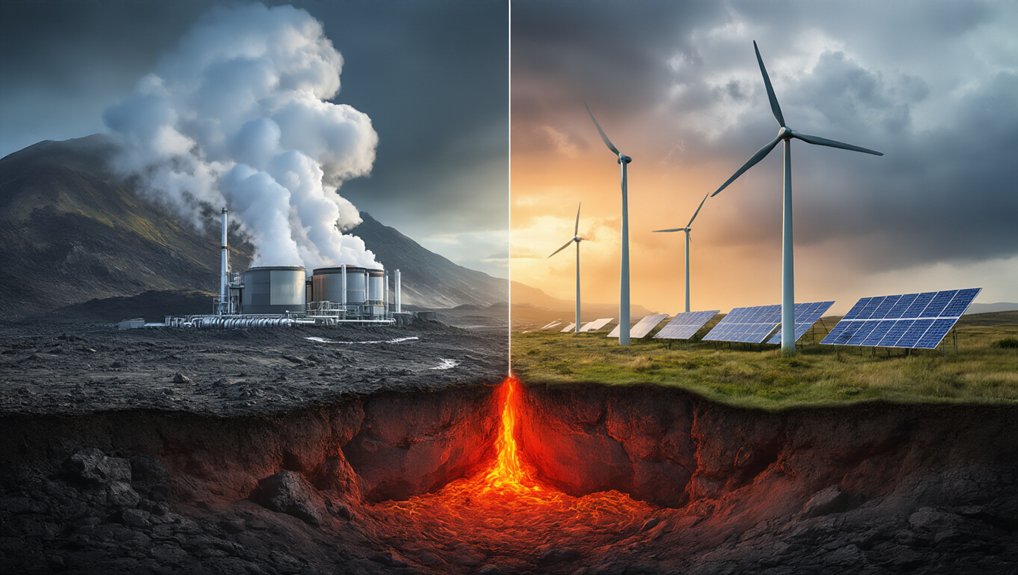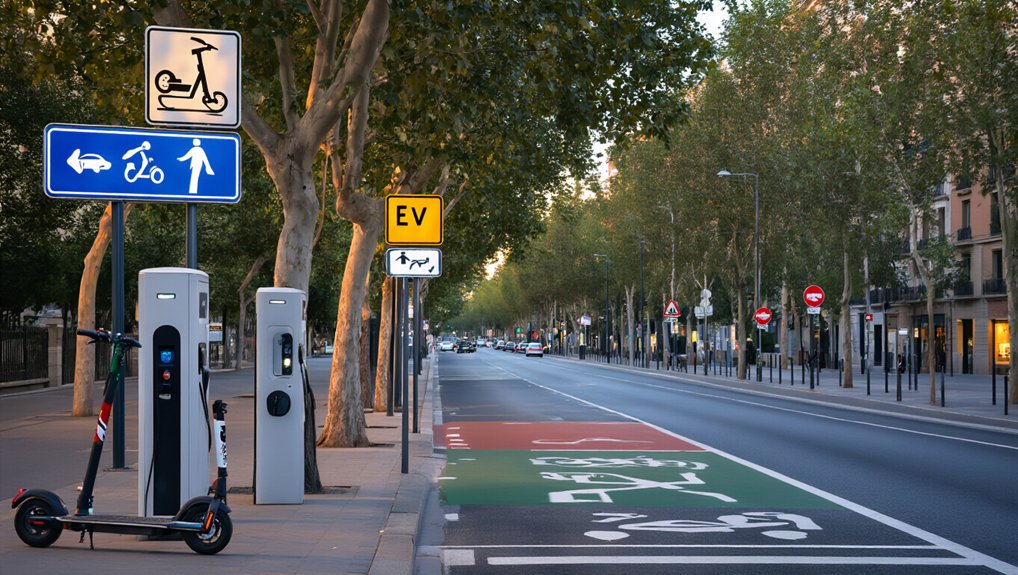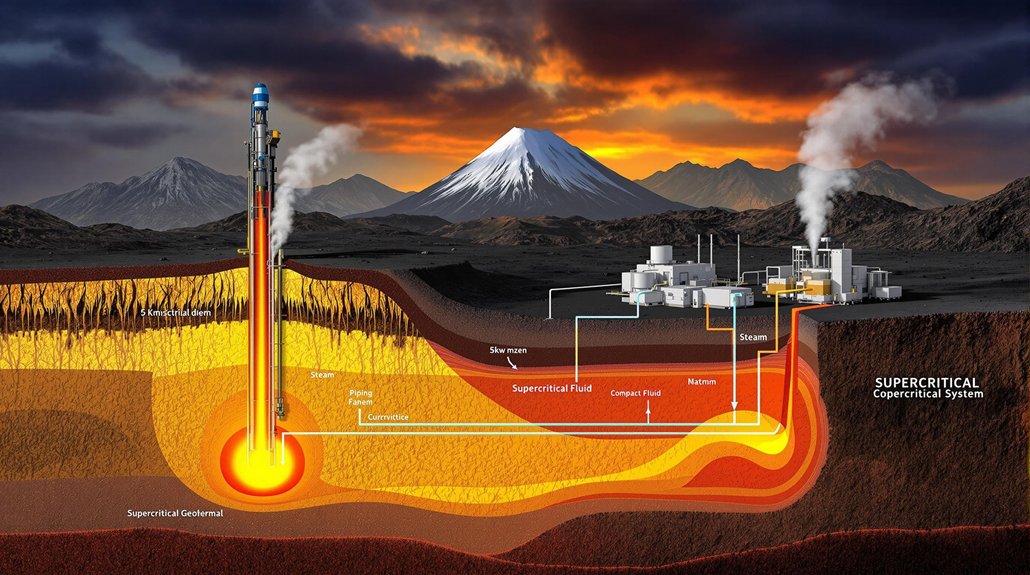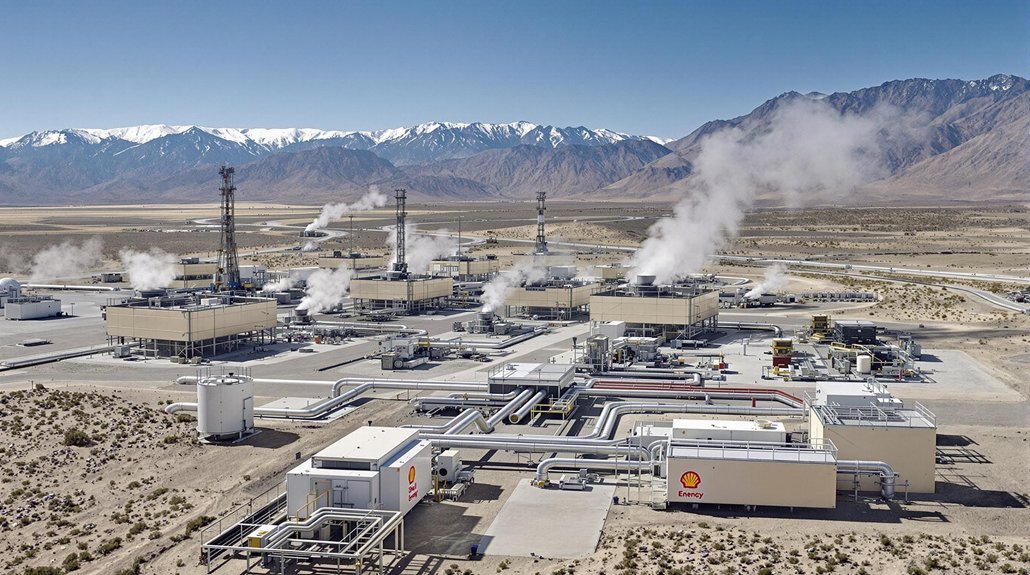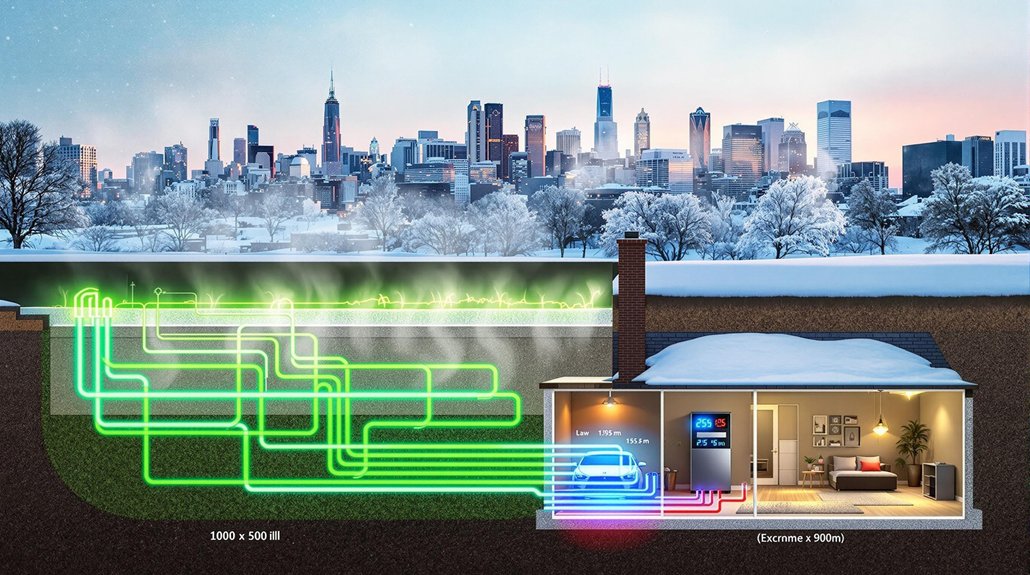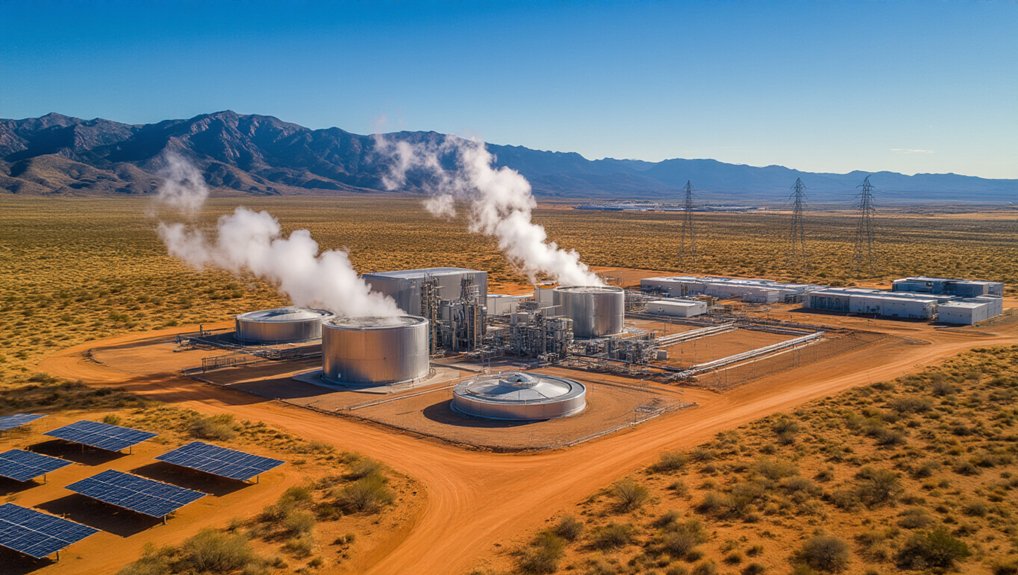Every energy debate these days seems to pit one renewable against another. But beneath the hype and flashy solar panels lies a quiet powerhouse: geothermal energy. It’s not exactly sexy—no gleaming panels tilted toward the sun or massive turbines spinning on hillsides. Just pipes, steam, and the eternal heat of Earth’s core. That’s it.
Let’s get real about reliability. When the sun sets, solar becomes an expensive paperweight. When winds die, turbines just stand there, useless giants against the sky. Geothermal? Always on. Always working. No drama, no excuses. With an availability factor of 95%, geothermal energy remains unaffected by weather conditions or time of day.
The environmental footprint tells an equally compelling story. Wind farms chop birds. Solar farms eat up massive land areas. Geothermal plants? Minimal impact. They sit quietly, taking up less space than your average Walmart, pumping out electricity 24/7 with barely a whisper of emissions. Pretty impressive for something most people couldn’t even identify in a lineup of power plants.
Yes, geothermal costs more upfront. Building these systems isn’t cheap. But over time? The math changes dramatically. Lower operational costs, minimal maintenance, and decades of consistent output make the initial investment look increasingly smart. It’s the tortoise in a world obsessed with solar and wind hares.
Grid operators love geothermal’s consistency. Try balancing an electrical grid with just wind and solar—it’s like trying to drive a car where the gas pedal works only when it feels like it. Geothermal provides that steady, reliable output that keeps the lights on when clouds roll in or winds die down. The United States has developed only 3.7 GW of its estimated 39 GW of geothermal resources. Most geothermal plants maintain capacity factors above 90%, making them the most reliable renewable energy source available today.
Despite all these advantages, geothermal remains the overlooked middle child of renewable energy. Global installed capacity lags far behind its flashier siblings. It’s constrained by geology, sure. Not every place has the right conditions. But where it works, it really works. No batteries required, no weather forecasts needed. Just the steady, reliable heat from below our feet, doing its job without applause.
References
- https://pangea.stanford.edu/ERE/pdf/IGAstandard/SGW/2013/Li.pdf
- https://www.thinkgeoenergy.com/berkeley-study-compares-the-net-value-of-geothermal-to-other-renewables/
- https://blog.ecoflow.com/us/solar-energy-vs-geothermal-energy/
- https://scrapbookblog.co.uk/home-energy-decoded-geothermal-vs-solar-vs-wind/
- https://reglobal.org/cost-of-geothermal-to-remain-high-in-comparison-to-wind-and-solar/
